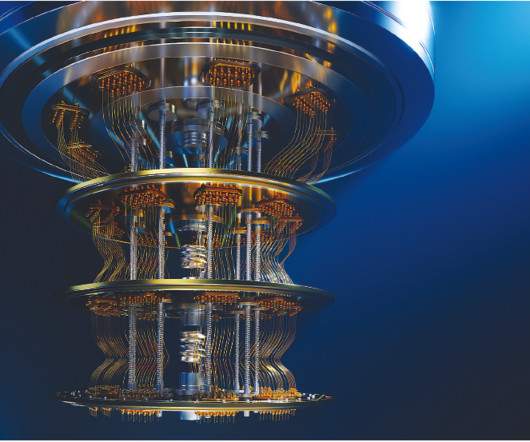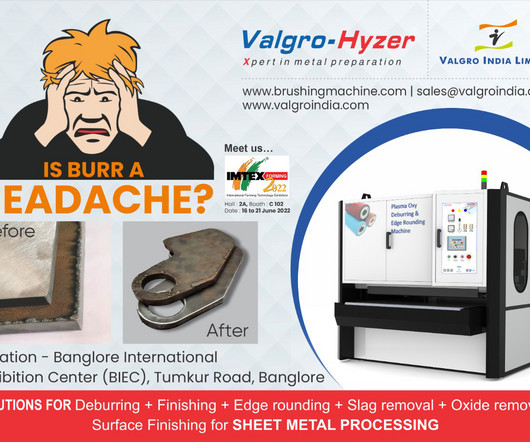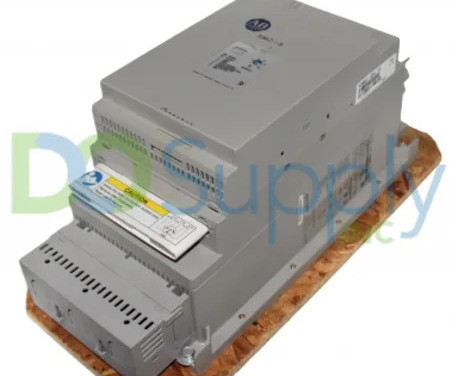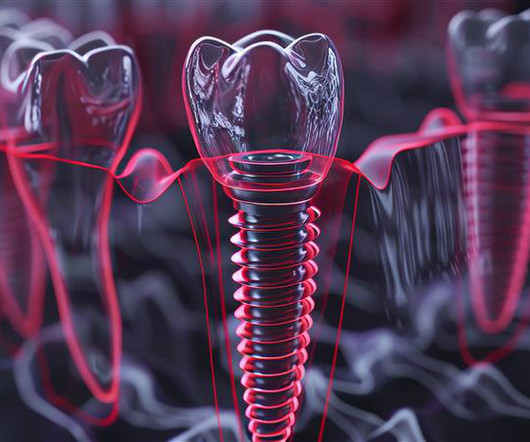Quantum computing and industrial automation: A revolution in the making
Automation Mag
DECEMBER 4, 2023
S ince the 1950s, computing has revolutionized manufacturing. Early computing, like Computer Numerical Control (CNC), aimed to enhance machining quality and productivity. These computers were large, cost a lot of money and were used for a specific, limited purpose.











Let's personalize your content